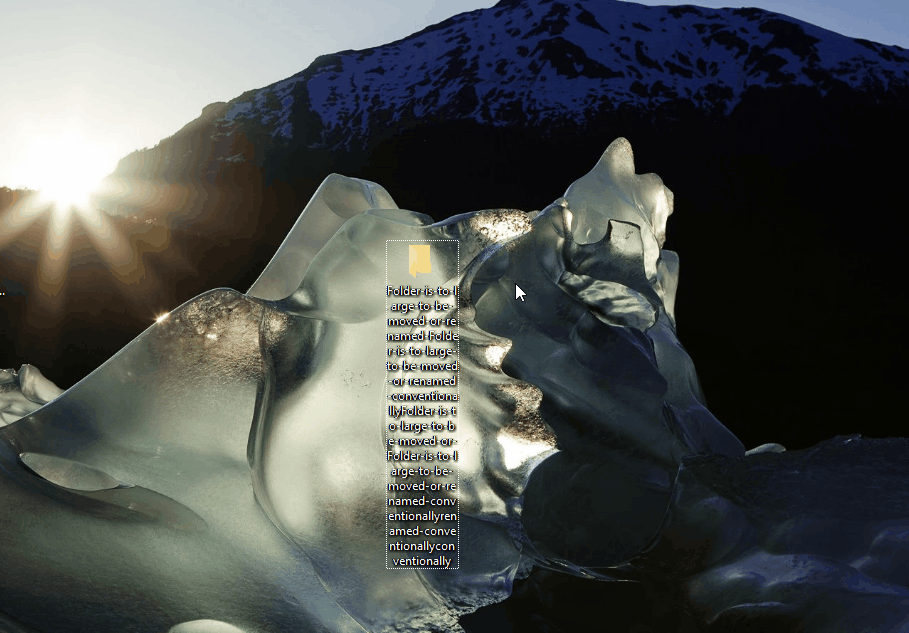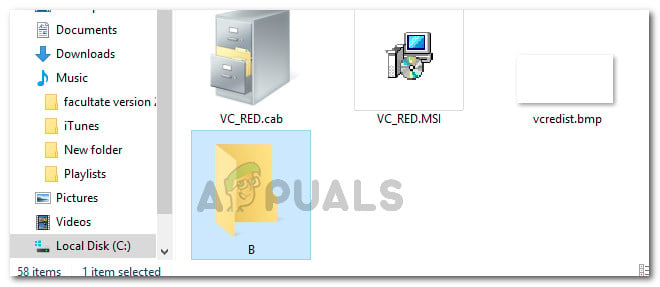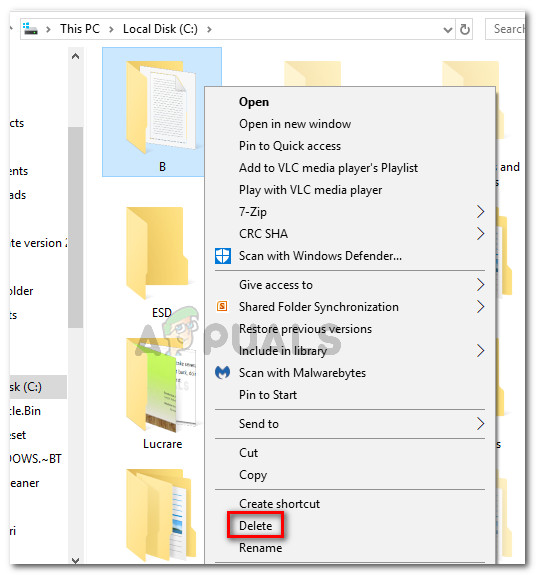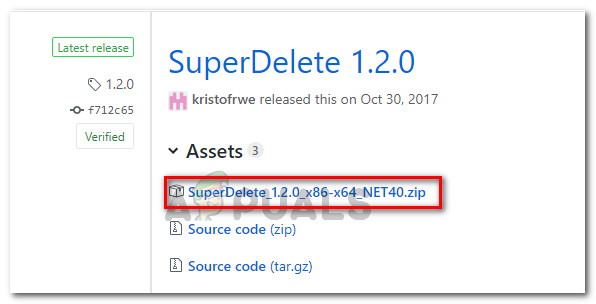Source file names are larger than is supported by file system [Fix]
Source Path Too Long
A lot of users are dealing with a weird scenario when trying to copy or delete something on their computer. Affected users report receiving a Source Path Too Long prompt telling them that “The source file names are larger than is supported by the file system”. This typically happens with a file (or more) that is buried in a series of subfolders that have long names. Whenever this happens, you can’t move, delete or rename any of the involved files/folders.

A big problem with this particular error is that once it occurs, you can’t (apparently) do anything else with the file/folder other than letting it occupy valuable storage space.
Why does the Source Path Too Long error occur
The “The source file names are larger than is supported by the file system” will occur because Microsoft only allows 258 characters in the folder path subfolder. Whenever this limit is exceeded, the entire folder path will be locked from conventional handling.
If you’re struggling to resolve the same error message, the methods below will help you to resolve the issue. Below you have a collection of methods that other users in a similar situation have used to get the issue resolved.
All the methods presented below should resolve the issue. Feel free to follow whichever one seems more accessible to your current situation.
Method 1: Deleting by bypassing the Recycle Bin
A lot of users were successfully able to take care of the issue by bypassing the Recycle bin completely when trying to delete the file or folder that is showing the “The source file names are larger than is supported by the file system” error.
To do this, simply select the file (or folder) that is showing the error and press SHIFT + Delete to permanently delete the file (without passing it through Recycle Bin).

Method 2: Deleting a tree by creating a decoy directory
There is another manual approach that a lot of affected users have used successfully to delete a folder three that was showing the “The source file names are larger than is supported by the file system” error.
This approach involves creating a decoy folder located in the same directory as the folder that can’t be deleted. By temporarily moving the contents of the folder that can’t be deleted into the decoy folder, some users have managed to remove the whole directory three that was displaying the error.
Here’s a quick guide with what you need to do:
- Go to the root directory of the drive which contains the folder tree that you can’t delete. In our case, the root directory is C:\, since we want to delete a series of folders located in Documents. So go ahead and create a folder with a single letter name in the root directory.

- Leave the single letter folder for now and navigate to the directory that you want to delete. Once you get there, select all it’s contents and press Ctrl + X to cut them.

Navigated to the targeted folder path and cutting the content inside - Next, navigate to and open the temporary folder (in our case, folder B) that you’ve previously created and paste the contents by pressing Ctrl + V.

Paste the contents of the targeted directory into the temporary folder - Then, move up to the root directory, right-click the temporary folder and delete it.

Deleting the temporary folder - Finally, go back to the original directory and delete it. You should be able to do so without receiving the “The source file names are larger than is supported by the file system” error.
Note: Keep in mind that if you have multiple folder levers, you need to repeat the above procedure with each of them in order to be able to remove each and every one.
If this method was not effective, move down to the next method below.
Method 3: Using the Microsoft Robocopy.exe tool
If you’re tech-savvy and you prefer technically-focused solutions instead of slightly more tedious work, you can use a neat Microsoft tool that is integrated into the Command Prompt since Windows Vista.
Some users have managed to resolve this particular issue by creating an empty folder and then using the RoboCopy utility to copy that empty folder onto the folder which contains the long filenames. Most users that attempted this method reported that it worked flawlessly.
Here’s what you need to do:
- Create an empty folder in the same drive as the folder with the long filenames. We named it empty.
- Press Windows key + R to open up a Run dialog box. Then, type “cmd” and press Ctrl + Shift + Enter to open up an elevated Command Prompt. When prompted by the UAC (User Account Control), click Yes at the prompt.

Run dialog: cmd then press Ctrl + Shift + Enter - Inside the elevated command prompt, type the following in order to copy the empty folder into the targeted folder, facilitating the deletion of the latest:
robocopy /MIR c:\*empty* c:\*targetedfolder*
Note: Keep in mind that you’ll need to replace the *empty* and *targetedfolder* placeholders with the actual names in your particular scenario.

Method 4: Using the SuperDelete command-line tool
Some users affected by the “The source file names are larger than is supported by the file system” error have managed to remove the pesky folders by using an open-source command-line tool called SuperDelete.
Some users have reported that this method was finally successful after most of the other avenues they’ve previously explored turned out to be ineffective. Don’t be frightened by the fact that this tool is a command-line utility -it’s actually very easy to use.
Here’s a quick guide on using SuperDelete to remove folders and files that are displaying the “source file names are larger than is supported by the file system” error:
- Visit this link (here) and download the latest version of the SuperDelete archive.

Downloading the SuperDelete executable - Extract the SuperDelete zip folder and paste the SuperDelete executable somewhere convenable.
- Press Windows key + R to open up a Run dialog box. Next, type “cmd” and press Enter to open a Command Prompt window.

Run dialog: cmd - Inside Command Prompt, use the CD command to navigate to the location of SuperDelete.exe. We’ve pasted it into the root directory of C so the command was cd C:\.
- Next, use the following command to delete the folder or file that is showing you the The source file names are larger than is supported by the file system” error:
SuperDelete.exe *fullPathToFileOrFolder*
Note: Replace the *FullPathToFileorFolder* placeholder with the exact path in your particular scenario.
- Press Y at the next prompt to confirm the deletion of the folder or file.

Deleting long path folders or files with SuperDelete - That’s it, the folder or file is permanently deleted.
Note: You can also try to just rename the folders inside and it might get rid of this particular error.





